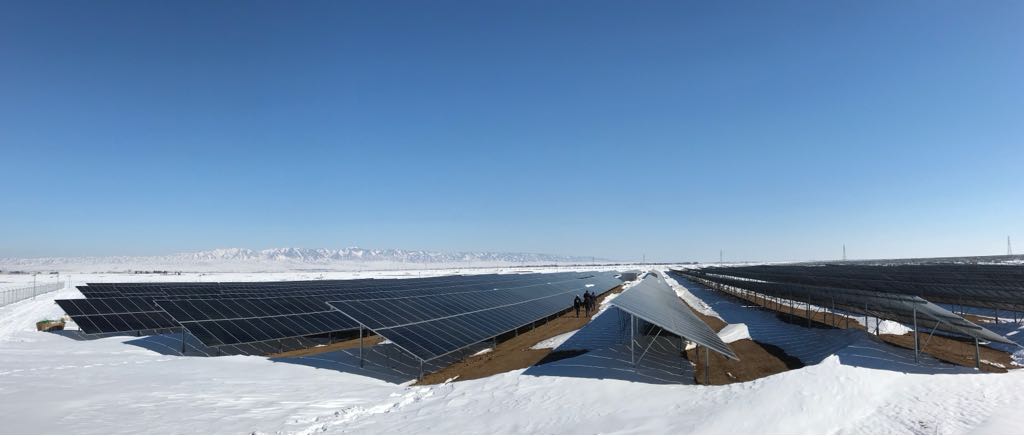Pars Reys Energy Bahar (PREB) connected its second project in Iran in mid-March, just a month after the first 10 MW project in the region was completed close to the city’s airport.
Hanau Energies – a French based PV developer and parent company of PREB, points out that the project was completed in one year from land purchase to handover, and is financed entirely through equity from shareholders.
The company points out that this is the second PV plant to be connected in the Tehran region, after it connected the first one back in February, and one of only around 10 connected in the whole of Iran. This first project was fully funded by the company itself.
Several large project pipelines have been announced for Iran since the country’s energy market was opened to international investments. These have primarily come from European developers including a plan for two 100 MW projects from Italy’s Maresco, and an impressive €2.5 billion deal for 2 GW of PV projects signed by Norway’s Saga Energy and local partner Amin Energy. Hanau Energies states that it has a pipeline of between 60 and 150 MW to be developed over the next two years.
Popular content
Despite these announcements, and Iran’s target to build 5 GW of renewable energy capacity by 2020, securing financing for projects has remained a major hurdle – an issue likely to be compounded by the U.S. administration’s withdrawal from the Joint Comprehensive Plan of Action, which lifted international sanctions on Iran and allowed international companies to do business there.
Hanau Energies, however, remains optimistic about it’s future prospects for project development in Iran. “We’re not planning to stop now we’ve made such a good start,” says Hanau Energies Director Jean Luc Westphal. “The Iranian State is aware of the potential of renewable energies in the country's economic development and that includes photovoltaic energy.”
The group noted that its Iranian subsidiary worked with local Iranian installers trained by French and German companies: “We decided to rely on our local teams, who were there to learn, to make the installation themselves and train new teams,” stated Westphal at the opening of the first PV plant in February. “80% of the first plant was built by local resources. And the second plant will be 100%.”
This content is protected by copyright and may not be reused. If you want to cooperate with us and would like to reuse some of our content, please contact: editors@pv-magazine.com.



Great ! Very good news for Iran, a country still and always put under pressure for energy and resources questions!
Would like to hear more about renewables and especially solar energy in these kind countries.
Thanks PV Magazine!
Mathilde
Great! I’m also happy for Iran and my respect for Hanau Energies, that they go on in Iran after Trump’s embargo issues. Most problematic for Iran is to find real project financing…
Iran has a great potential and a special good feed-in tariff for renewable energy investments. And for the environment of Teheran with the ugly air conditions there, it’s absolutely needed to use renewable resourses like PV.